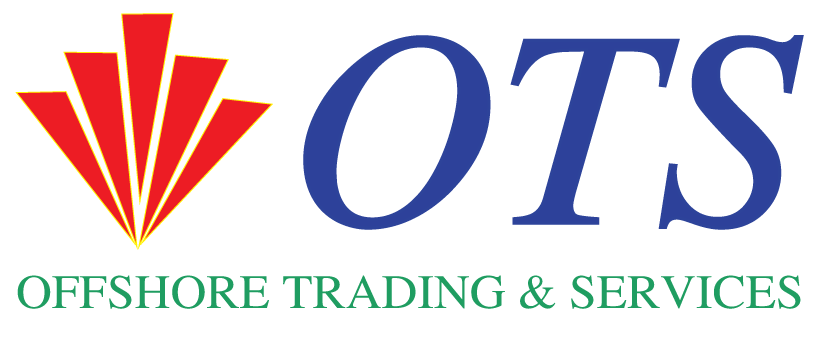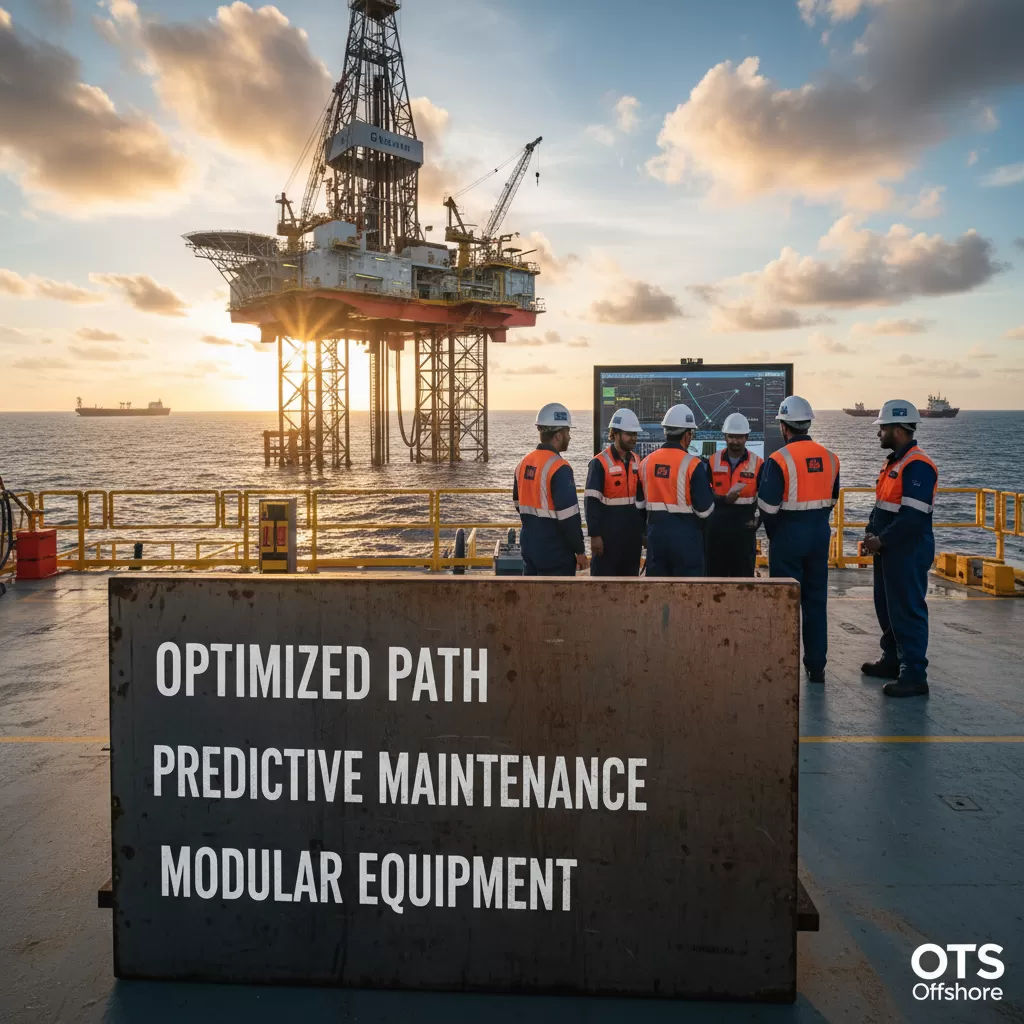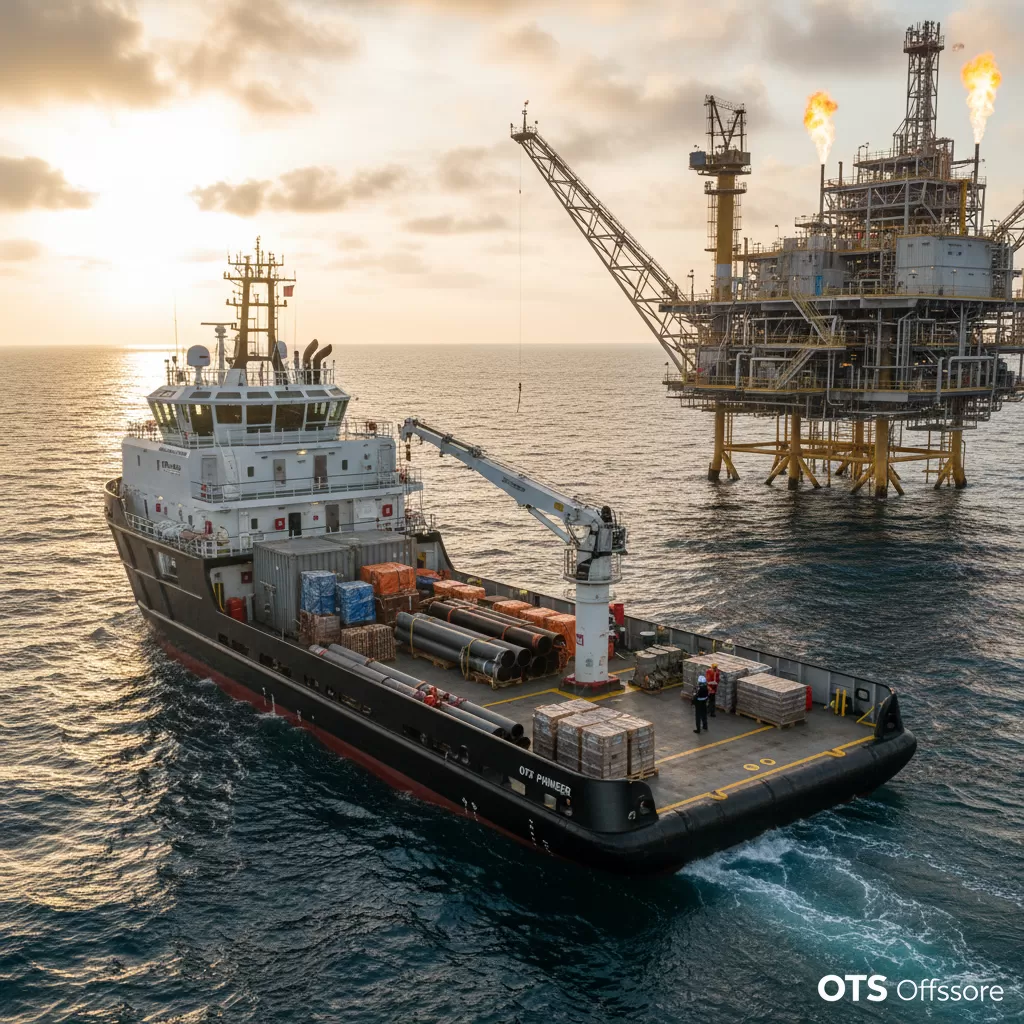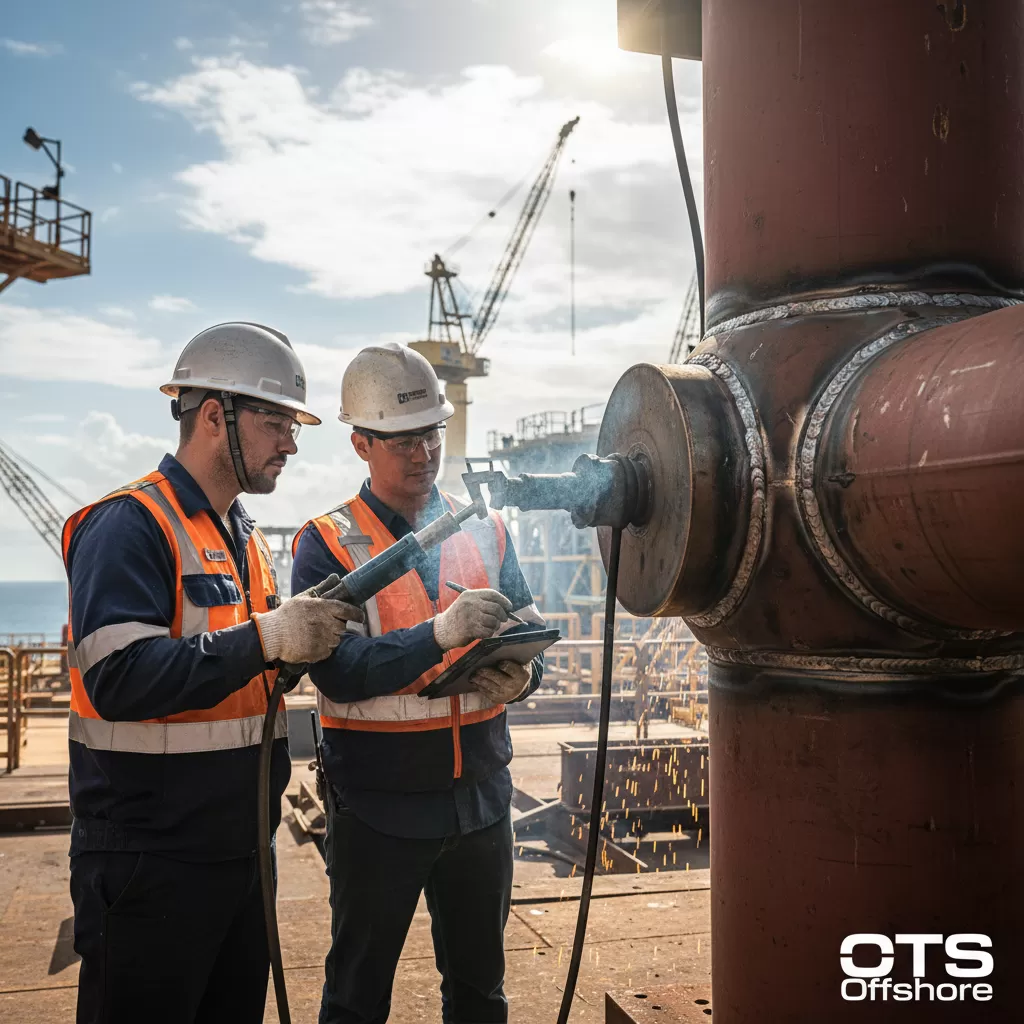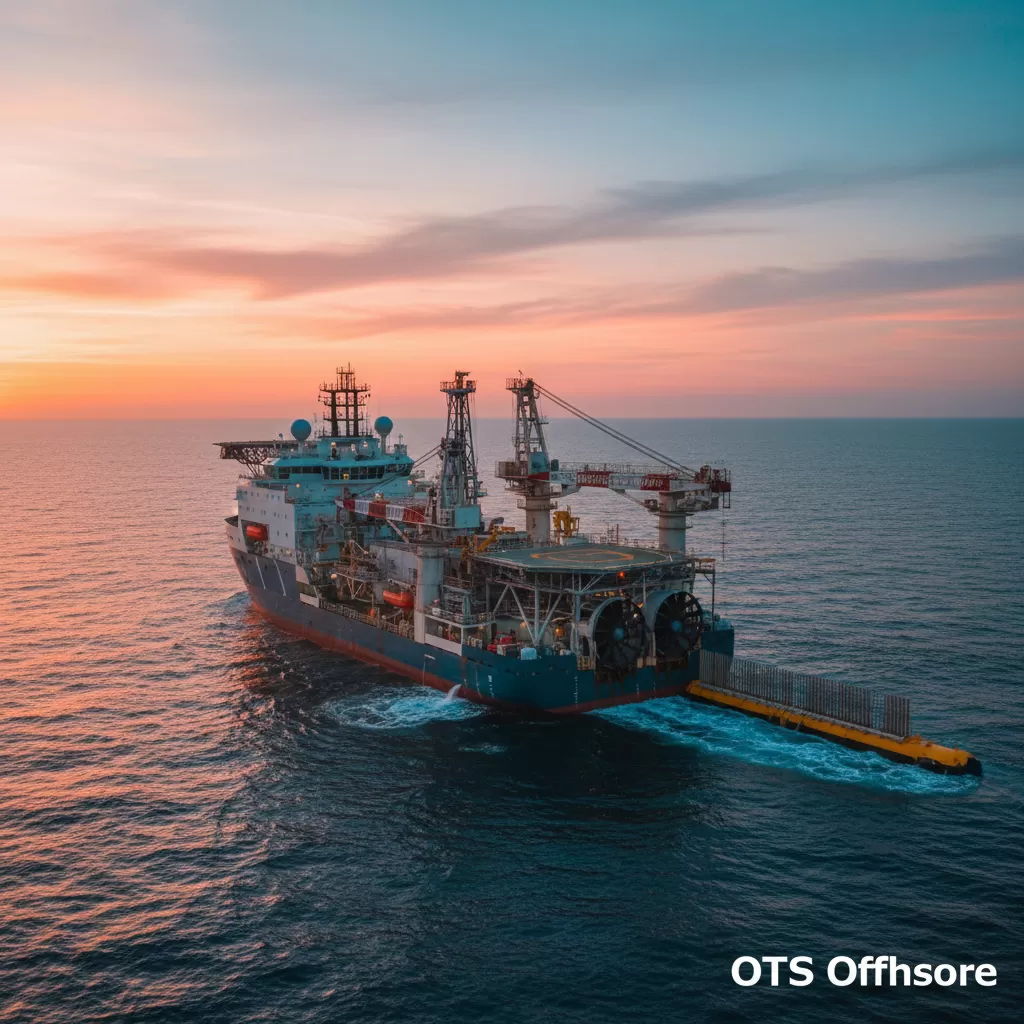A comprehensive exploration into the intricate processes of designing and fabricating specialized drilling rigs for shallow marine environments. This article delves into the critical considerations, innovative technologies, and engineering challenges inherent in developing equipment capable of efficient and safe subsurface exploration in these complex aquatic terrains.
The Crucial Role of Research on Design and Fabrication of Shallow Marine Geological Drilling Rigs
The exploration and extraction of hydrocarbon reserves and other vital geological resources beneath the seabed, particularly in shallow marine areas, necessitates specialized equipment. This article focuses on the essential research, design, and fabrication processes involved in creating shallow marine geological drilling rigs. The core objective of this research is to enhance operational efficiency, ensure environmental compliance, and improve safety standards in a challenging offshore environment. Understanding the nuances of seabed conditions, water depth limitations, and the specific geological formations targeted are paramount for successful rig development. The design and fabrication phases are intrinsically linked, where theoretical research translates into tangible, functional machinery. This research forms the bedrock for innovation in drilling technology, directly impacting the economic viability and sustainability of offshore resource projects. The successful execution of a shallow marine geological drilling operation hinges on the robust and well-researched design of its primary tool: the drilling rig. Continuous advancements in materials science, automation, and analytical modeling are constantly refining the methodologies employed in the research, design, and fabrication of these critical offshore assets. The complexity of operating in dynamic marine settings demands meticulous planning and execution, making the research and development phase of drilling rig construction particularly significant.
Key Considerations in Shallow Marine Drilling Rig Design
The design of shallow marine geological drilling rigs is a multifaceted endeavor, demanding a thorough understanding of a wide array of environmental and operational factors. These rigs are specifically engineered to operate in water depths typically ranging from a few meters to around 100 meters, presenting unique challenges compared to deepwater operations. A fundamental aspect of the design process involves site-specific environmental assessments. This includes evaluating water currents, wave action, seabed topography, and potential geotechnical hazards. The structural integrity of the rig must withstand these dynamic forces while ensuring stability during drilling operations.
– Material selection is another critical area. Given the corrosive marine environment, materials must possess excellent resistance to saltwater, abrasion, and fatigue. High-strength steels, specialized coatings, and corrosion-inhibiting alloys are frequently employed. The choice of materials directly impacts the longevity and maintenance requirements of the rig.
– Mobility and deployment strategies are also paramount. Shallow marine rigs often need to be easily transported and assembled on-site, sometimes in remote locations. This can involve modular designs, jack-up systems for stable platforms, or specialized vessels for transport and operational support. The ease and speed of deployment can significantly influence project timelines and costs.
– The drilling system itself requires careful consideration. This includes the selection of appropriate drill bits, mud systems, casing handling equipment, and hoisting capabilities, all tailored to the specific geological formations expected and the required drilling depth. The power generation and distribution systems must be robust and reliable to support continuous operations.
– Safety and environmental protection are non-negotiable. Designs must incorporate comprehensive safety features, including emergency shutdown systems, spill containment measures, and robust crew safety protocols. Environmental impact assessments guide the design to minimize disturbance to marine ecosystems and ensure compliance with regulatory standards. This involves careful consideration of noise pollution, waste management, and the potential for seabed disturbance.
– Automation and remote operation capabilities are increasingly integrated into modern rig designs. This not only enhances efficiency but also improves safety by reducing personnel exposure to hazardous conditions. Advanced control systems allow for precise monitoring and adjustment of drilling parameters, optimizing performance and minimizing risks.
– The cost-effectiveness of the design is a crucial factor throughout the entire process. While robustness and advanced features are important, the overall economic feasibility of the rig’s construction, operation, and maintenance must be carefully balanced. This often involves trade-offs between competing design requirements.
The interplay of these considerations forms the foundation for a successful shallow marine geological drilling rig design, enabling efficient resource exploration while upholding stringent safety and environmental standards. This detailed research is integral to the entire lifecycle of the project.
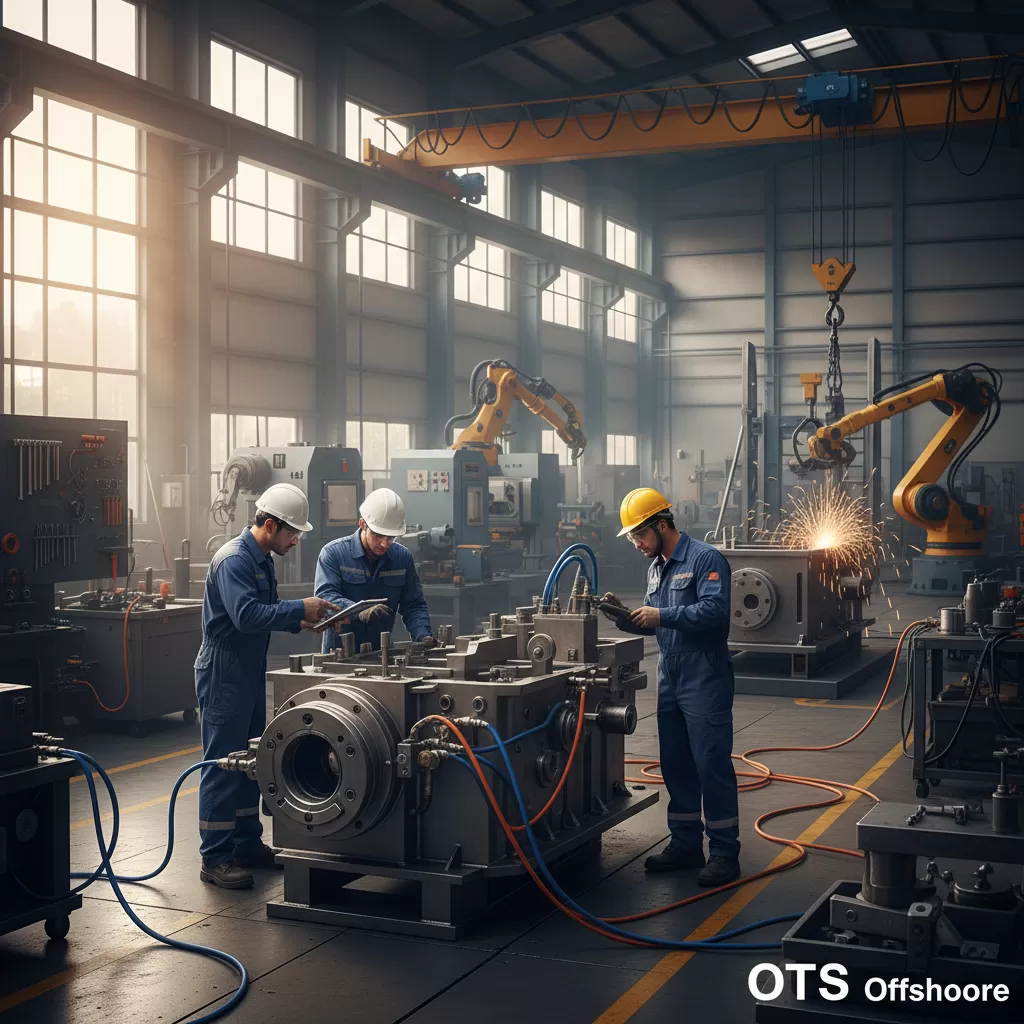
Innovations in Shallow Marine Drilling Rig Fabrication
The fabrication of shallow marine geological drilling rigs is a complex engineering feat that benefits immensely from ongoing technological advancements. These advancements not only improve the efficiency and precision of the manufacturing process but also contribute to the overall performance and reliability of the final drilling platform. The focus of fabrication research and development is on delivering robust, cost-effective, and environmentally sound solutions.
– Advanced welding techniques are continuously being developed and implemented. This includes automated welding systems that ensure consistent quality and reduce labor costs. Techniques like submerged arc welding and flux-cored arc welding are optimized for the thick materials often used in rig construction. The precision in welding is critical for the structural integrity of the rig.
– The use of high-performance materials is a significant trend. This includes the increasing application of advanced steels with enhanced strength-to-weight ratios and improved corrosion resistance. Specialty alloys and composite materials are also being explored for specific components to reduce weight and increase durability.
– Modular construction approaches are widely adopted. This involves fabricating individual modules of the rig in controlled workshop environments and then transporting them to the offshore site for assembly. Modularization speeds up construction, reduces offshore work, and allows for parallel fabrication of different rig sections, leading to significant time savings.
– Precision machining and assembly are crucial. Modern CNC (Computer Numerical Control) machinery ensures that components are manufactured to exact specifications, minimizing the need for extensive on-site adjustments. This precision is vital for the seamless integration of complex systems like jacking mechanisms, pipe handling equipment, and derrick structures.
– The integration of smart manufacturing technologies, such as digital twins and augmented reality, is transforming the fabrication process. Digital twins allow for virtual testing and simulation of the rig’s performance before physical construction, identifying potential issues early on. Augmented reality can guide assembly workers, providing real-time instructions and enhancing accuracy.
– Quality control and assurance are paramount throughout the fabrication process. Non-destructive testing (NDT) methods, such as ultrasonic testing, magnetic particle inspection, and radiography, are employed to detect any flaws or defects in materials and welds. Rigorous inspection protocols ensure that every component meets the stringent standards required for offshore operations.
– Lean manufacturing principles are applied to optimize workflows, minimize waste, and reduce production lead times. This involves careful planning, efficient material handling, and continuous improvement initiatives to streamline the entire fabrication chain. The research into these fabrication methods is a continuous process.
These innovations in fabrication are not merely about building a structure; they are about creating a sophisticated piece of engineering that is optimized for demanding offshore conditions. The successful research and design of these rigs are directly enabled by the advanced fabrication techniques employed.
Challenges in the Research and Design Phase
The research and design phase for shallow marine geological drilling rigs is fraught with unique and often formidable challenges. These challenges stem from the inherent complexities of the offshore environment, the stringent safety and environmental regulations, and the need for cost-effective solutions. Addressing these hurdles effectively is critical for the successful development and deployment of these specialized drilling assets. The research into overcoming these challenges is a continuous endeavor.
– Environmental variability is a primary concern. Shallow marine environments are dynamic, subject to fluctuating water depths, wave heights, tidal currents, and seabed conditions. Designing a rig that can operate safely and efficiently across a range of these conditions requires extensive environmental data analysis and sophisticated modeling. Predicting extreme weather events and their impact on the rig’s stability is a critical aspect of this research.
– Geotechnical uncertainty poses a significant risk. The subsurface geological formations can vary considerably, and accurate characterization of the seabed and underlying strata is essential for designing appropriate drilling foundations and operational parameters. Inadequate geotechnical investigation can lead to unexpected challenges during drilling, potentially causing delays, increased costs, or even structural damage.
– Regulatory compliance adds another layer of complexity. The offshore oil and gas industry is heavily regulated, with strict rules governing safety, environmental protection, and operational procedures. Designers must ensure that their rigs meet or exceed all relevant national and international standards, which can be a demanding and evolving process.
– The need for multi-functional capabilities often complicates the design. Shallow marine rigs may need to be adaptable for various purposes, such as exploration drilling, production support, or even decommissioning operations. This requires versatile designs that can accommodate different equipment configurations and operational modes, adding to the complexity of the initial research.
– Material degradation in the marine environment is a constant challenge. Saltwater, biological fouling, and abrasive seabed sediments can accelerate corrosion and wear on rig components. Designers must carefully select materials and apply appropriate protective coatings to ensure the long-term durability and operational integrity of the rig, necessitating thorough material research.
– Cost optimization is a persistent balancing act. While robust design and advanced features are essential, the economic viability of a drilling rig project is always a key consideration. Designers must find innovative ways to achieve the required performance and safety levels without incurring prohibitive costs, demanding smart engineering solutions based on extensive research.
– Integration of complex systems requires careful planning. Drilling rigs are sophisticated machines comprising numerous interconnected systems, including power generation, hydraulic systems, drilling fluid circulation, and safety equipment. Ensuring seamless integration and reliable operation of all these components is a significant design challenge.
– The limited accessibility for maintenance and repair in offshore environments necessitates designs that prioritize reliability and ease of maintenance. Component accessibility, spare parts management, and contingency planning for potential failures are crucial considerations during the design phase, informed by practical field experience and research.
Overcoming these challenges requires a highly interdisciplinary approach, combining expertise in marine engineering, geotechnical engineering, materials science, naval architecture, and regulatory affairs. The success of a shallow marine geological drilling rig hinges on the thoroughness and foresight applied during its research and design.
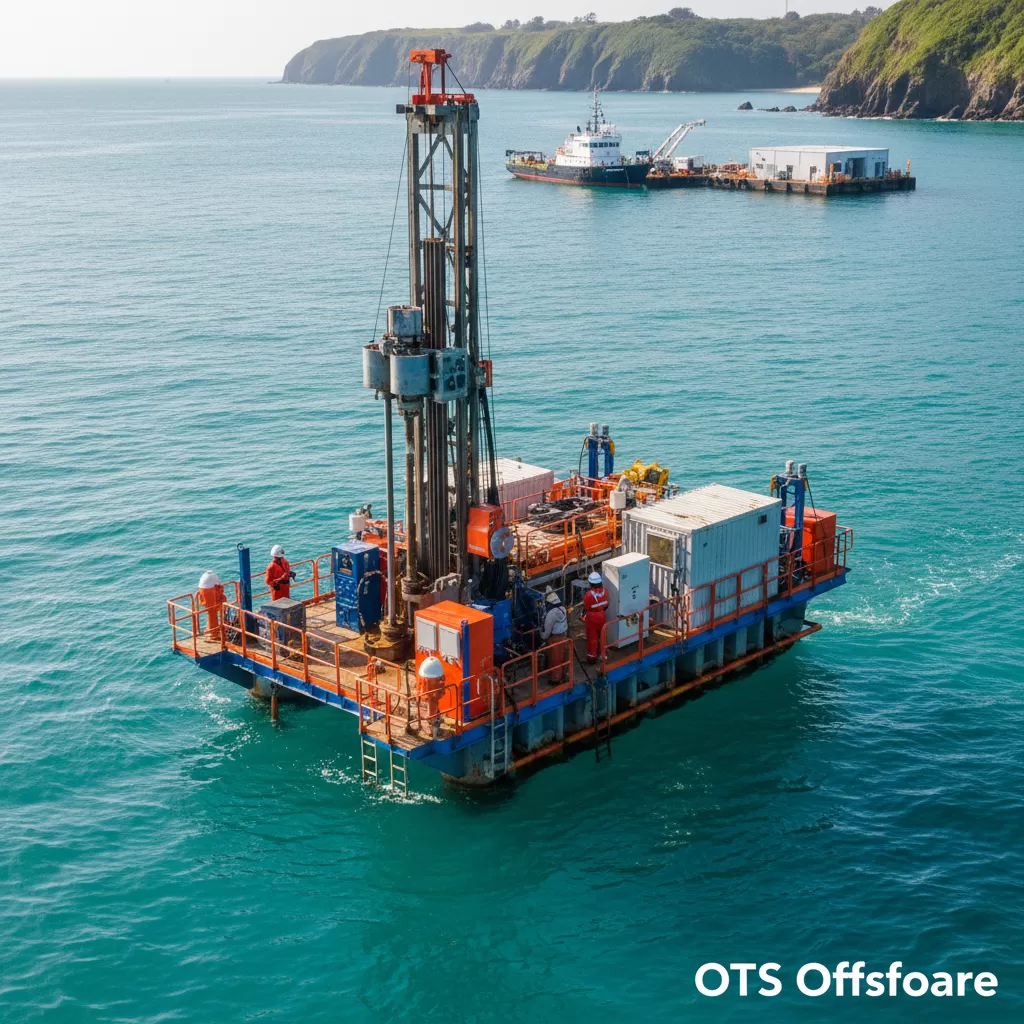
The Fabrication Process: From Blueprints to Operational Rig
The journey of a shallow marine geological drilling rig from initial concept to a fully operational platform is a testament to meticulous engineering and advanced manufacturing processes. The fabrication phase is where the detailed designs and research findings are translated into a tangible, robust structure ready to face the harsh realities of the offshore environment. This process involves a series of carefully orchestrated steps, each demanding precision, quality control, and adherence to rigorous safety standards. The fabrication of these rigs is a direct application of the research conducted.
– Detailed engineering and procurement: Once the design is finalized, detailed engineering drawings and specifications are produced. Simultaneously, procurement of raw materials, specialized components, and equipment commences. This phase involves sourcing high-quality steel, piping, electrical systems, drilling machinery, and safety equipment from approved vendors.
– Module fabrication: Many shallow marine drilling rigs are constructed using a modular approach. Large sections or modules of the rig are fabricated and outfitted in shipyard facilities. This includes the main hull or pontoon, the derrick structure, accommodation modules, and equipment skids. Prefabrication in a controlled environment allows for higher precision and efficiency.
– Assembly and integration: The fabricated modules are then transported to a final assembly location, often a larger shipyard or a designated quayside. Here, the modules are meticulously joined together, and various systems are interconnected. This is a critical stage requiring precise alignment and welding to ensure the structural integrity of the entire rig.
– Installation of major equipment: Once the main structure is assembled, major drilling equipment, such as drawworks, top drives, mud pumps, and casing elevators, are installed and integrated into the rig’s systems. This requires specialized lifting equipment and skilled personnel to ensure safe and accurate placement.
– Piping, electrical, and instrumentation installation: Extensive networks of piping for drilling fluids, hydraulics, and utilities are installed throughout the rig. Similarly, electrical power distribution systems, control panels, communication systems, and instrumentation for monitoring various operational parameters are meticulously fitted and connected.
– Testing and commissioning: Before the rig can be deployed, a comprehensive testing and commissioning phase is undertaken. This involves rigorous functional testing of all systems, including the drilling equipment, power generation, safety systems, and navigation aids. Hydrostatic testing of tanks and structural integrity checks are also performed.
– Load-out and transportation: Once commissioning is complete and all certifications are obtained, the rig is prepared for load-out. This typically involves launching the rig into the water or loading it onto a heavy-lift vessel. The transportation to the offshore drilling site is a complex logistical operation, often requiring specialized tugs and careful route planning.
– Offshore installation and hook-up: Upon arrival at the drilling location, the rig is installed and connected to the necessary subsea infrastructure or positioned securely. This might involve jacking up the platform, anchoring it, or connecting it to a template. Final hook-up and final testing are performed offshore to ensure readiness for drilling operations.
Throughout this entire fabrication process, stringent quality control measures are implemented. Regular inspections, material traceability, and adherence to welding procedures are crucial. The successful fabrication of a shallow marine geological drilling rig is a direct outcome of the thorough research and design undertaken, ensuring that the final product is reliable, safe, and capable of performing its demanding role. The fabrication is the physical manifestation of the research.
The Importance of LSI Keywords in Research Design Fabrication of Shallow Marine Geological Drilling Rigs
The effective utilization of Latent Semantic Indexing (LSI) keywords is fundamental to the success of any content aiming for high search engine rankings and organic visibility. In the specialized domain of “Research Design Fabrication of Shallow Marine Geological Drilling Rigs,” understanding and integrating these semantically related terms significantly enhances a piece’s ability to connect with its target audience and search engine algorithms. LSI keywords go beyond mere keyword stuffing; they represent a deeper understanding of the contextual relationships between words and concepts.
– Enhancing relevance and authority: By incorporating LSI keywords, content signals to search engines a comprehensive understanding of the topic. For instance, alongside the primary focus keywords, terms like ‘offshore drilling platforms,’ ‘seabed exploration equipment,’ ‘jack-up rigs,’ ‘subsea drilling technology,’ ‘marine geotechnical engineering,’ ‘platform stability,’ ‘corrosion resistance materials,’ ‘modular rig construction,’ ‘offshore safety protocols,’ and ‘environmental impact assessments’ all contribute to building topical authority. This broadens the semantic scope and makes the content more relevant to a wider range of user queries.
– Improving search engine understanding: Search engines use LSI to decipher the true meaning and intent behind a piece of content. When a user searches for “design challenges for offshore rigs,” content that also discusses ‘geotechnical uncertainty,’ ‘environmental variability,’ and ‘material degradation’ will be better understood as highly relevant. This semantic understanding is crucial for ranking well for a variety of related queries, not just the exact phrase.
– Supporting featured snippets and voice search: Voice search and featured snippets often rely on concise, informative answers to specific questions. LSI keywords help structure content in a way that naturally answers these implicit questions. For example, a section detailing “innovations in shallow marine drilling rig fabrication” that naturally includes terms like ‘automated welding,’ ‘high-performance materials,’ and ‘modular assembly’ is more likely to be extracted as a featured snippet for a query about how these rigs are built.
– Broadening keyword reach: While focusing on a primary keyword is important, LSI keywords allow content to rank for a broader spectrum of related searches. This increases organic traffic by capturing users at different stages of their research journey. Someone researching “offshore drilling rig construction” might be interested in the “fabrication process” or “challenges in the design phase,” both of which are informed by LSI terms.
– Facilitating natural language flow: LSI keywords are not just a technical optimization; they help create more natural and readable content. When writers understand the semantic landscape, they can weave in related terms organically, making the text more engaging for human readers. This avoids the stilted, keyword-stuffed writing that search engines penalize and users dislike.
– In the context of “Research Design Fabrication of Shallow Marine Geological Drilling Rigs,” LSI keywords such as ‘subsea resource exploration,’ ‘drilling platform stability,’ ‘offshore construction techniques,’ ‘pipeline installation support,’ ‘vessel design for marine operations,’ ‘risk assessment in offshore engineering,’ ‘cost-effective drilling solutions,’ and ‘advanced simulation for rig performance’ are invaluable. These terms paint a richer semantic picture, making the content more discoverable and authoritative.
The deliberate inclusion of LSI keywords ensures that the content not only ranks for its primary focus but also establishes itself as a comprehensive and authoritative resource within its niche. This semantic richness is the cornerstone of modern SEO strategy.
